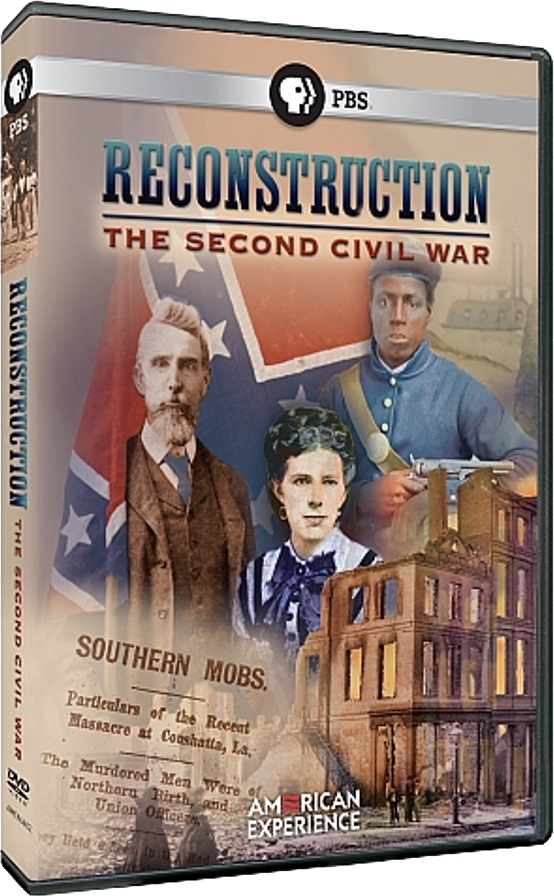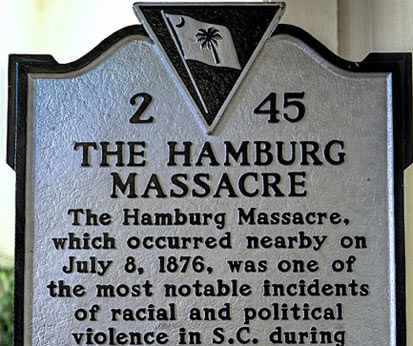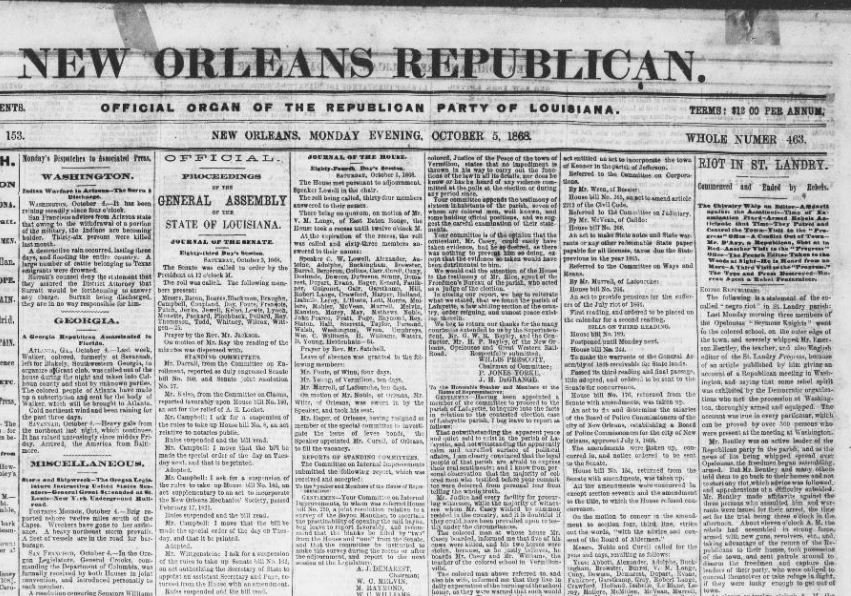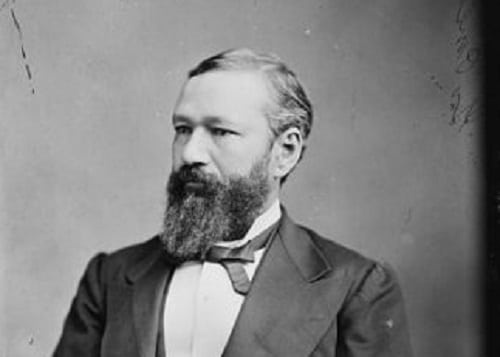Book — Non-fiction. By Manisha Sinha. 2017. 784 pages.
A groundbreaking history of abolition that recovers the largely forgotten role of African Americans in the long march toward emancipation from the American Revolution through the Civil War.
Continue reading
Digital collection. This website publishes thousands of “Information Wanted” advertisements taken out by people freed from slavery who are searching for family members who had been sold apart.
Continue reading
Film. By Elizabeth Deane and Dion Graham. 2004. 174 minutes.
Through the voices of several historians and dramatic re-enactments by actors, PBS’s Reconstruction: The Second Civil War uses the stories of ordinary citizens to paint a picture of the Reconstruction era.
Continue reading
Blanche K. Bruce became Register of the Treasury, which placed his name on all U.S. currency.
Continue reading
Learn about the people’s history of Decoration Day (Memorial Day) and the Memorial Day Massacre.
Continue reading
The 14th Amendment to the constitution was passed, granting citizenship to “all persons born or naturalized in the United States.”
Continue reading
Juneteenth — June 19th, also known as Emancipation Day — Juneteenth — is one of the many commemorations of people seizing their freedom in the United States.
Continue reading
During a clear sign of Reconstruction era voter suppression, a Black militia was accused of blocking a road and punished with the Hamburg Massacre.
Continue reading
The Fourteenth Amendment to the United States Constitution was adopted.
Continue reading
The Southern Homestead Act of 1866 was signed, providing land to the formerly enslaved, lands which had been stolen from the Native American inhabitants.
Continue reading
Article. By Amy Trenkle.
One of the teachers who piloted the Make Reconstruction History Visible project with her students shares the process she used.
Teaching Activity by Amy Trenkle
Continue reading
Teaching Activity. By Adam Sanchez and Nqobile Mthethwa. 25 pages.
A mixer role play explores the connections between different social movements during Reconstruction.
Continue reading
Book — Non-fiction. By Lerone Bennett Jr. 1967. 426 pages.
A bottom-up, student friendly text about the people's history of Reconstruction.
Continue reading
Encampments of Comanches, Kiowas, Kiowa Apaches, Cheyennes, and Arapahos were attacked by the U.S. military.
Continue reading
In response to the promotion of voter registration, a KKK-like group massacred hundreds of people, most of whom were African American.
Continue reading
The New Orleans Tribune was launched and published daily in French and English by Louis Charles Roudanez.
Continue reading
The Ku Klux Klan carried out the Colfax Massacre in response to a Republican victory in the 1872 elections.
Continue reading
People who had escaped from slavery and were following the Union Army, were blocked from crossing the Ebenezer Creek, leading to their death.
Continue reading
Deadly election “riots” took place in Barbour County, Alabama against African American politicians and voters.
Continue reading
White people attacked and killed many Black citizens who had organized for a Black sheriff to remain in office during the Vicksburg Massacre.
Continue reading
Nearly 50 African-Americans were killed by white mobs during the Clinton Riot.
Continue reading
The Georgia Constitutional Convention was held with 33 African Americans and 137 white attendees.
Continue reading
P. B. S. Pinchback of Louisiana became the second Black governor in the United States.
Continue reading
Joseph H. Rainey, from South Carolina, was the first African-American to serve in the U.S. House of Representatives.
Continue reading
Secretary of State William H. Seward declared the 13th Amendment to the United States Constitution to have been adopted.
Continue reading

























